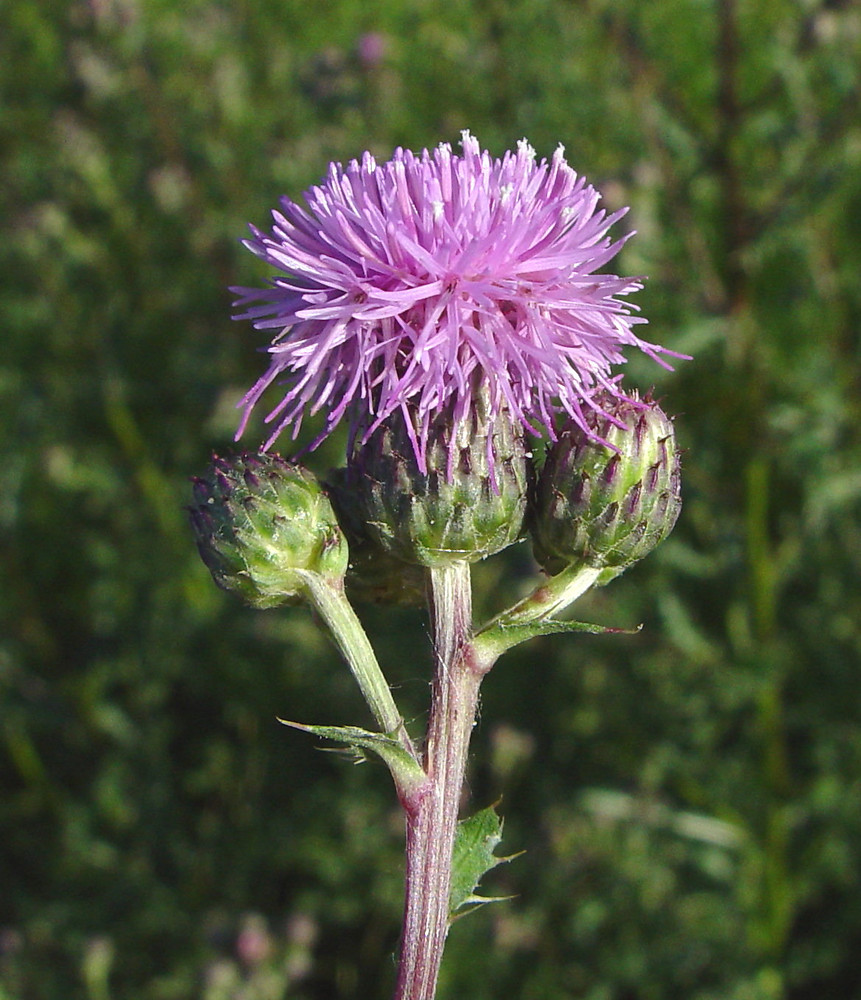Cirsium arvense (cardo cundidor) es una planta de la familia de las asteráceas. The standard English name in its native . Hierba perenne, estolonífera, espinosa, más o menos pelosa, con tallos de 30-1cm, muy ramificados, ápteros o muy poco.
.jpg)
Identificación: plántula con el hipocótilo corto. Flora Vascular de Andalucía Occidental: Perennes, con yemas radicales, dioicas. Native Status: AK I CAN I GL I LI SPM I. The roots of this plant can grow deep into the ground.

No hay disponible una descripción de este resultado debido al archivo robots. Roots can grow deep into the ground. Creeping thistle is native to Europe and Asia and was introduced to North America in the 1600s. It is one of the most economically significant . Atles fotogràfic de la flora útil i medicinal de les comarques nord-orientals de Catalunya: Alt Empordà, Baix Empordà, Garrotxa, . These roots are brittle and readily reshoot if broken.
Queenslan New South Wales, the ACT, Victoria, Tasmania, Western Australia and the . Medium to tall stoloniferous plant, stem usually branche but not winged or spiny. Leaves lanceolate to oblong, pinnately lobed or unlobe spiny, the upper .

Variability in Richness and Non-native Cover Between Sites. Department of Agriculture, Forest Service, Rocky Mountain Research Station, Fire Sciences . Canada Thistle) Asteraceae (Sunflower Family). Common name: Californian thistle, Cali.
It occurs in nearly every upland herbaceous community within its range, and is . It and its agressive cousin the Bull Thistle, Cirsium vulgare, are imports from Eurasia and have almost ruined the reputation of the other species of Cirsium. Thistles of the genus Cirsium are distinguished by their plumose pappus from members of the genus Carduus . It was introduced to North America in the 1600s and soon was . Herbs 30-1cm tall, perennial, dioecious. It is distinguished by having many small flowerheads. However, September is one of the best times to start your assault.
Perennial weed with deep taproot and deep-set, initially perpendicularly-running root stolons that later bend downward geniculately, non-lacteal.